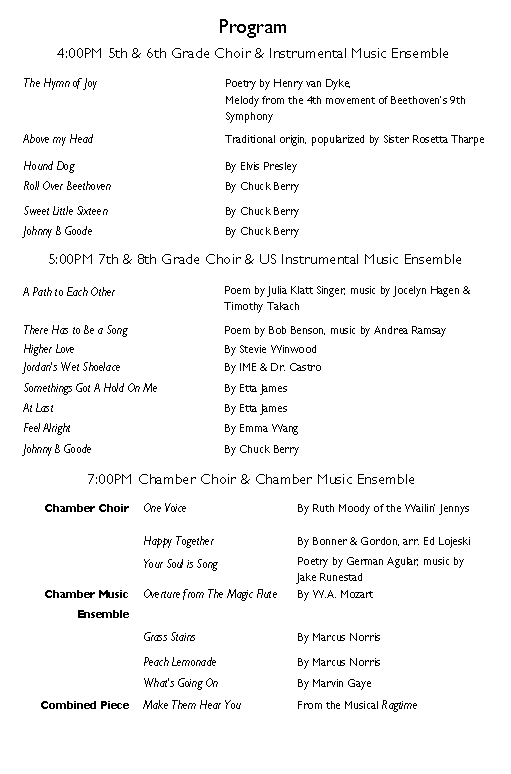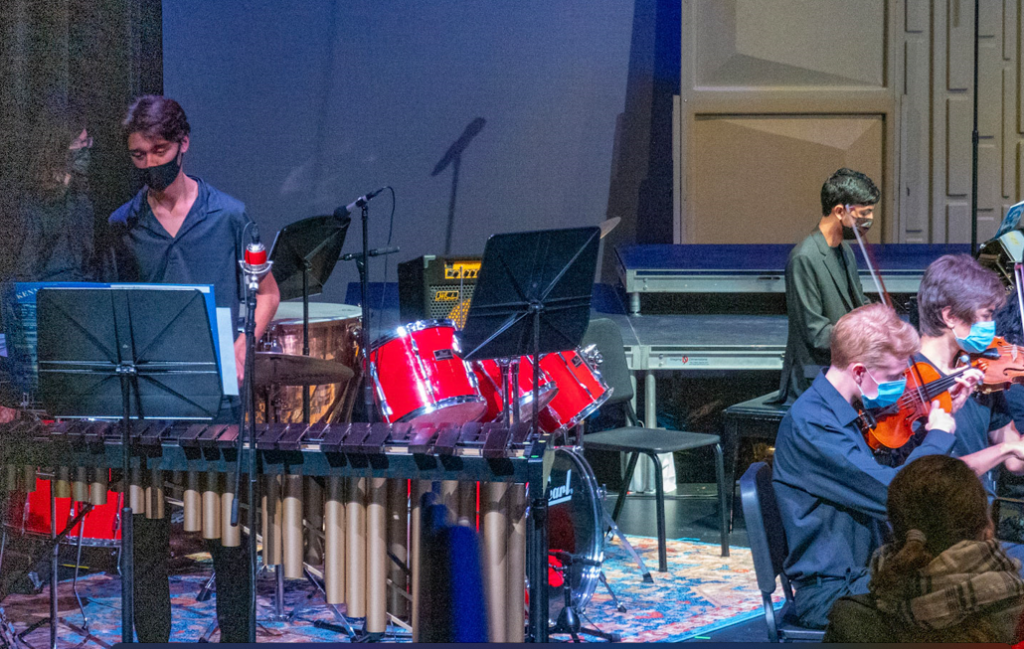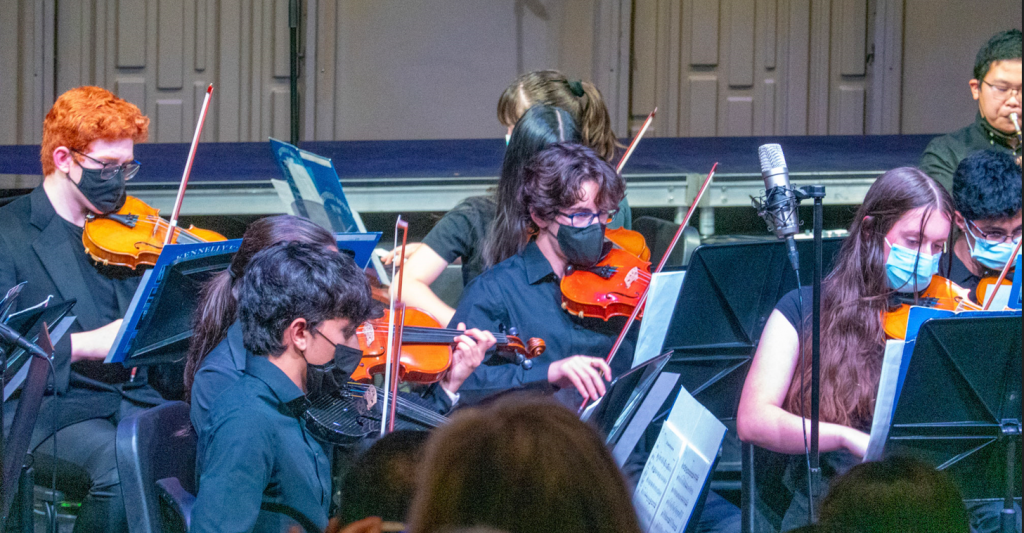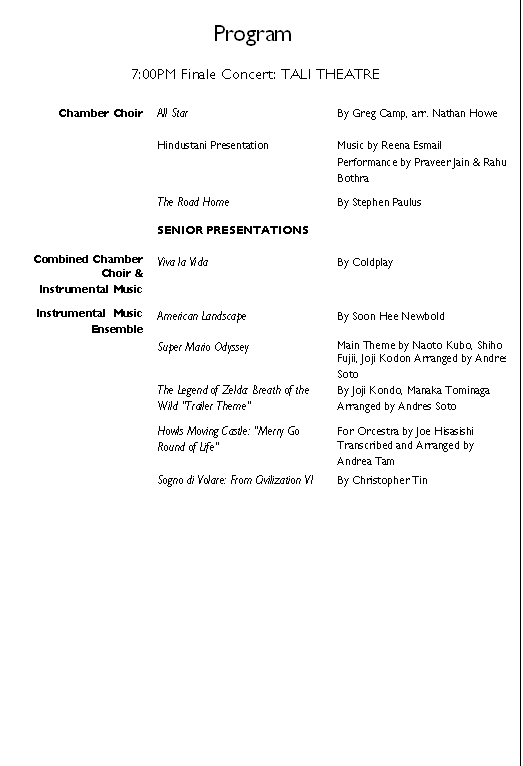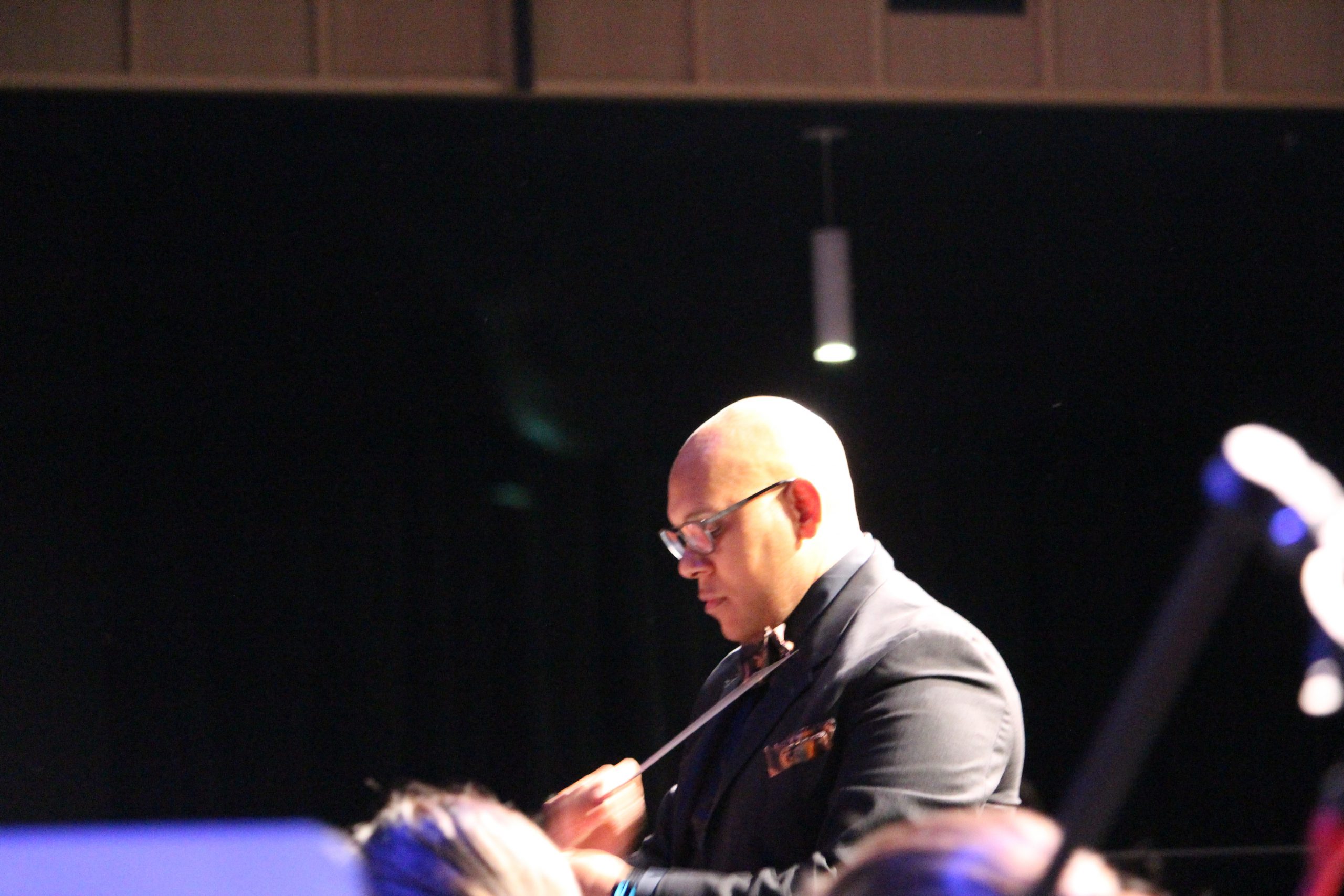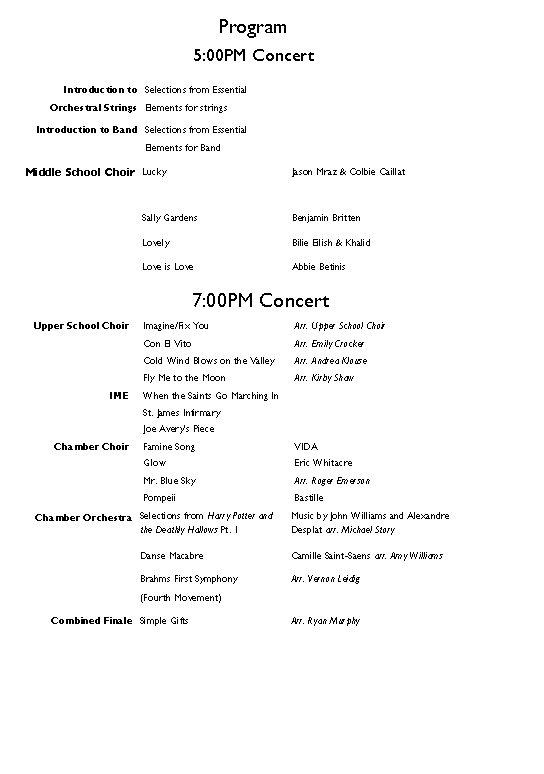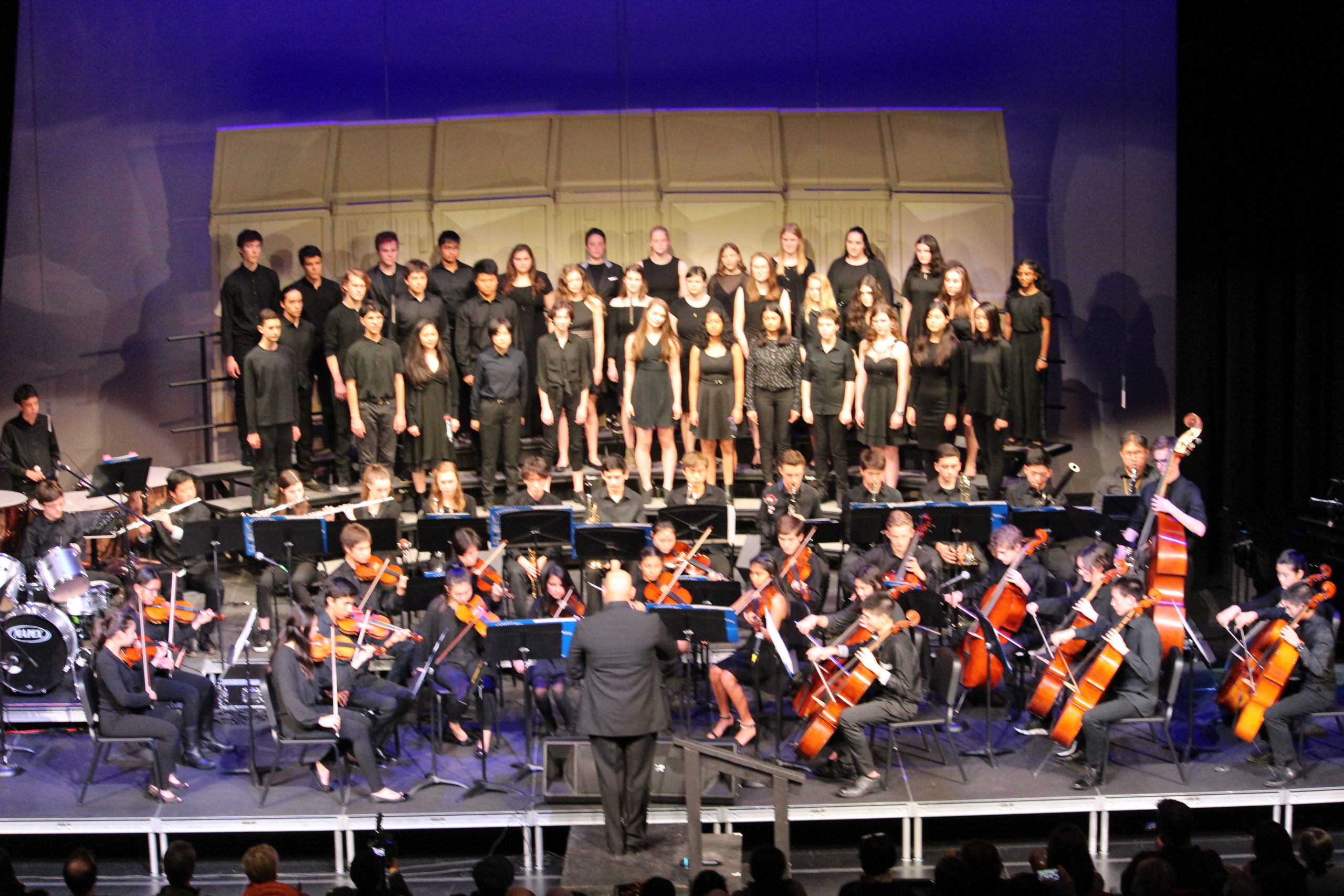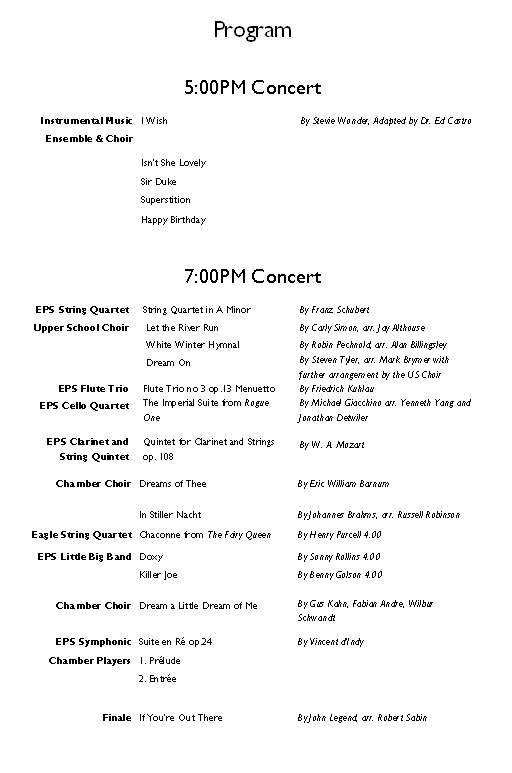When considering my music courses, I ask, “What should my students understand about this subject?” One of the essential aspects is the framing of the main idea; whether the main subject is an artist or a particular theme, then I think about the design and implementation of the subject. Eventually, I turned my attention to who are the people in the spaces involved in the learning. I ask which voices are represented and need amplification and how I should address the music or the artist(s) historical context. Designing and implementing my music curriculum should reflect me, my students, and underrepresented voices. Eventually, I turned my attention to who are the people in the spaces involved in the learning.
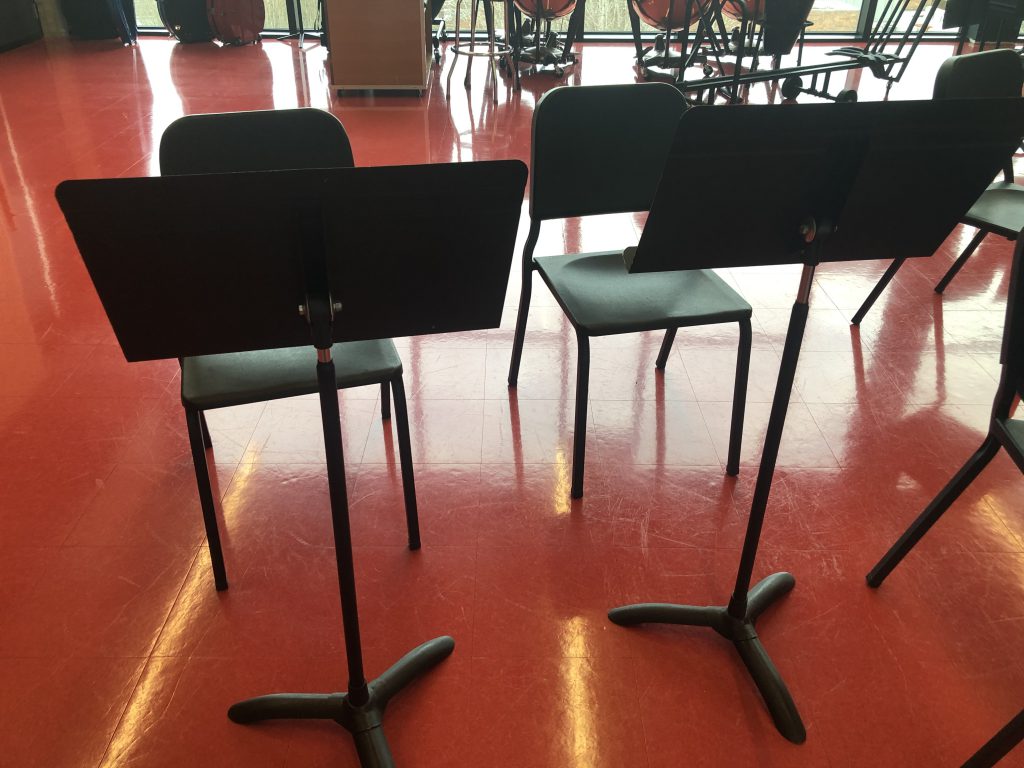
I ask which voices are represented and need amplification and how I should address the music or the artist(s) historical context. Designing and implementing my music curriculum should reflect me, my students, and underrepresented voices.
Collaborating on curricular design and updating the content used eventually reflects the contemporary world in which we get to create music. By incorporating these aspects of teaching into the daily class routine, my goal is to elevate the students’ learning experiences by providing context and content that is meaningful and relevant to the students.
The following indicators help categorize the evidence for my work:
- Designs and implements courses that reflect teacher mastery of their academic discipline and its teaching methodologies.
- Designs and implements courses framed by the school’s pedagogical tenets – inquiry, experience, and integration.
- Collaboratively designs and evolves course curricula that are reflective of their academic discipline’s philosophy and derivative of the school’s overarching philosophy.
- Updates course content to reflect the contemporary world.
(1) Designs and implements courses that reflect teacher mastery of their academic discipline and its teaching methodologies
One of the most under-appreciated aspects of how we approach music education is how we design and implement the coursework for our subject—often overlooked because we typically get the opportunity to share our work and preparation through performance. The show, however, generally is the culmination of a more extensive process that involves meticulous planning and preparation. In my case, the planning and prepping led to a significant change in how we approached our intermediate orchestra and treated our advanced orchestral ensemble.
The transition from the Instrumental Music Ensemble to what is now the Rock Orchestra resulted from student interest and a need for more inclusion in our school’s music program. In expanding the repertory and the instrumentation to include jazz and rock music, we had the opportunity to remake how students learned their instruments and how to participate in the performing arts.
In a virtual presentation at the Association for Popular Music Education Conference (APME) in June of 2021, I discussed this transition and its benefits for our school and arts program. Below is the description of my presentation.
Transition from an Intermediate Orchestra To Pop Orchestra:
Ed Castro
After starting a new job, I found myself teaching a new set of orchestral music students ranging from 5th to 12th grade every term. This created a unique opportunity for one of my classes to create a project-based curriculum based on Pop, Blues, and Jazz music and expand participation in my class. With this change, students had the opportunity to take a deeper dive into genres and/or artists and explore different perspectives relating to both. This presentation will cover some of the transitional obstacles in the classroom and the benefits to the changes in curriculum for the school and the community.
In the presentation, I talk about how project-based learning like this can have a widespread effect on the overall excitement, participation, and effort in the school’s music curriculum and create a more student-centered community experience. The presentation covered some of the transitional obstacles in the classroom and the benefits of utilizing project-based learning, as well as the following elements:
Project-Base Instrumental Music
- where to start when working with a project-based learner-centered curriculum,
- how to set up the class,
- ideas on learning objectives,
- assessment tools,
- ideas for presentation or concert formats,
- integrating digital tools.
(2) Designs and implements courses framed by the school’s pedagogical tenets – inquiry, experience, and integration
IME redesign:
When taking the opportunity to redesign IME, I noticed a unique opportunity for this class to have a project- base curriculum in Pop, Blues, and Jazz music as a foundation. In expanding the participation of this ensemble and introducing more instruments to the course, I had the opportunity to use a class structure familiar to students who were used to a project-based curriculum used for both science classes and their visual arts courses. With this change, students could dive deeper into genres or artists and explore different perspectives. The examples below represent my thinking at the time of these changes to IME.
Assessing pop music in a band and orchestra curriculum:
What stays the same? (When in the classroom together)
- Scale and playing assessments
- Good rehearsal technique
- Working on skill-based performance on instruments
What changed from IME to Rock Orchestra?
- More active listening
- Written work at least once a week
- No performance-based class, and there is very little or no written work
- Historical perspectives
- Try my best to have several perspectives.
- Representation of underrepresented groups within the subject
- Pandemic Teaching
- Assignments based on student skill level
- Had to rethink all performance-based assignments to match MS/US student’s levels
- Cohort changes the dynamic of the class experience.
- Each trimester is drastically different from t the other.
- One term, mostly MS students; another term, all US students
- Each trimester is drastically different from t the other.
CME redesign:
Once on the job, I realized that the ensemble was primarily a group of students who loved to play their instruments but needed more concepts of the inner workings of an orchestra. Some of the habits/traditions and performance practices of genres they are accustomed to playing. Like most teachers before me, they took the students and their skills and experiences and figured out either a concert or a performance. A small school with various experienced performers, ages, and motivations. Below are some of my initial thoughts regarding my start at EPS:
Initial thoughts about CME:
- Lots of energy in the room, and clearly, there were students who felt a sense of ownership of this program.
- Students thought highly of their skills and were vocal about it.
- The quietest students had the most vital skills in the room.
- Students wanted to play pieces harder than their skill level.
- Before I arrived, many of the pieces in the library were designed for students of all levels to participate.
- Product of a smaller school with a diverse set of interests
- As a byproduct, we have a part of a library of pieces we have trouble using and reusing with the current ensemble.
- They are helpful as a reference for arrangements and sight reading for our students.
Goals for me during this transition and what we might see in class today
- The transition from a large-scale orchestra into a chamber orchestra where we perform music authentic to the ensemble, performance level, and size.
- Class routines and procedures
- Create opportunities for traditional classic chamber music groups.
- string quartets and trios
- woodwind trios, quartets, and quintets
- brass quartets, and quintets
- Percussion ensembles
- Jazz quartets, and quintets
- Create an opportunity for students to explore solo literature
- Audition process
- Create space for students who play several orchestral instruments to switch when possible
- Composition and arrangements for the ensemble by students are also encouraged.
- Dedicate time to lecture specifically about music history and music theory related to the pieces we are learning.
- Allow for more students who play piano or keyboard to participate.
(3) Collaboratively designs and evolves course curricula that are reflective of their academic discipline’s philosophy and derivative of the school’s overarching philosophy
In 2018-19, I proposed a course to transform musical thinking and bring about an evolution in music classes at EPS. This proposal led to the creation of the CME and Rock Orchestras we have today, two courses that have significantly impacted our discipline.
The course proposal was called “Revolution in Musical Thinking or Evolutions in Music,” It examined dramatic changes in music. Students studied innovative figures and transformative moments and made connections relative to specific genres of musical development.
The initial proposal was broad and encompassed various genres of music, including rock and roll, jazz, and classical music. However, we created separate courses for each genre to tailor the course to our student’s needs and interests. The classes were designed to help develop skills for performers and offer entry-level composition and arranging in preparation for a presentation of a subject or significant figure of the chosen music genre. (see below for more details)
Collaboration was essential in designing and evolving these courses. I worked closely with Ginger Ellingson to ensure that the classes reflected our approach to teaching music. We considered factors such as student interests, learning outcomes, and the resources available when designing the courses. We also sought feedback from our students and made adjustments accordingly.
Since implementing the changes to CME and the Rock Orchestras, we have seen a significant improvement in our music program. Students are more engaged and motivated, and we have seen an increase in the number of students participating in our music program. The courses have also provided opportunities for students to showcase their talents and develop their skills as performers and composers.
The design and evolution of course curricula in music require collaboration and a deep understanding of the joy of performing. The CME and Rock Orchestras are successful because they came about through cooperation and a commitment to providing students with opportunities to learn and grow within our arts discipline.
(4) Updates course content to reflect the contemporary world
The most apparent evidence to demonstrate any update to our course content is in the evolution of our concert programs over the years. Within our curriculum, we aim to stay in touch with the contemporary world of music and offer insights into the evolution of the music we perform. With the diverse range of artists and styles, we aimed to represent the changing world around us, embracing the vibrant sounds that define our modern era. From traditional Western European Classical Music, Jazz, R&B, and Rock, our concerts became a melting pot of artistic expression and diversity of the modern musician.
Concert Programs 2017-Present
2017-18 School Year: My first year at EPS. In these programs, you will find various genres and different forms of student leadership, including conducting, arranging, and leading chamber groups.
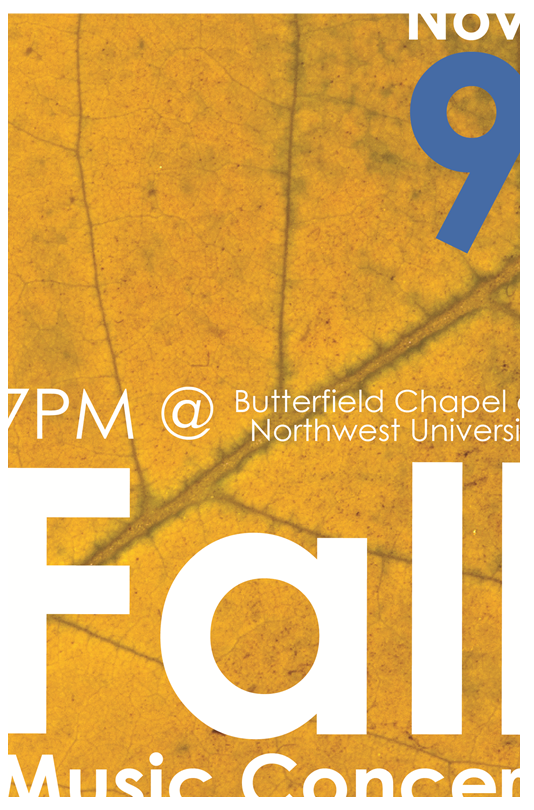
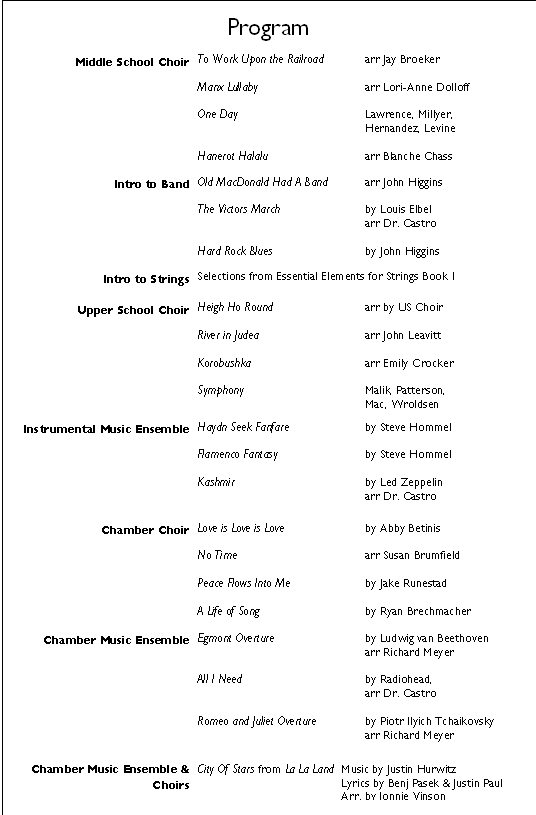

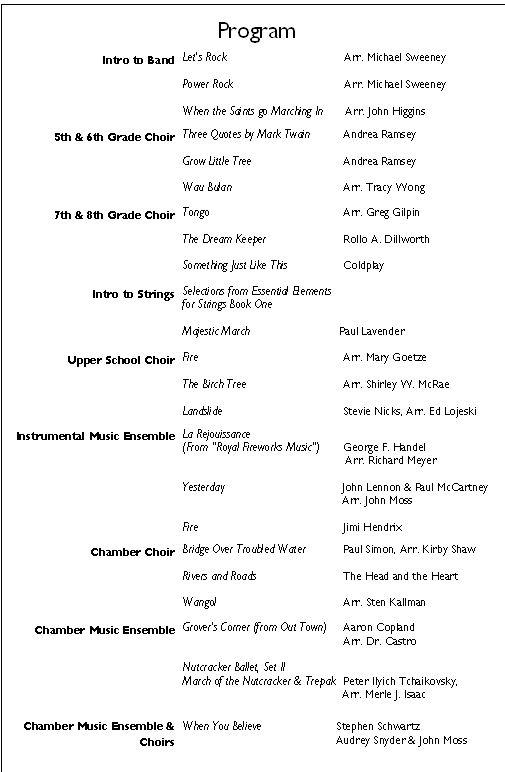
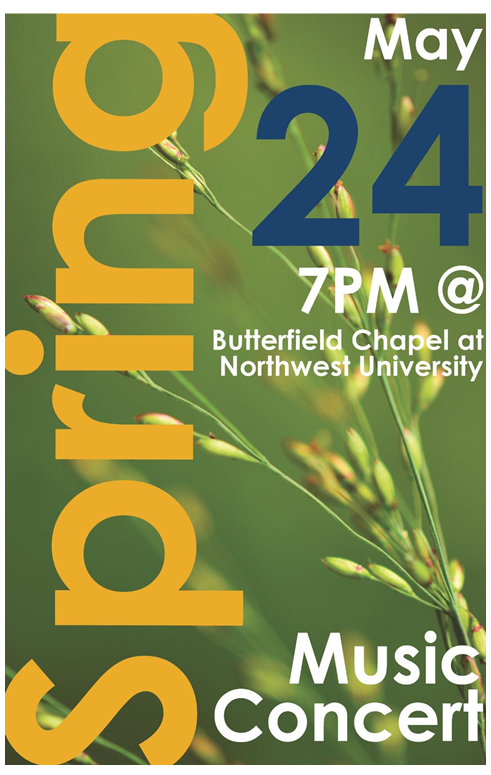
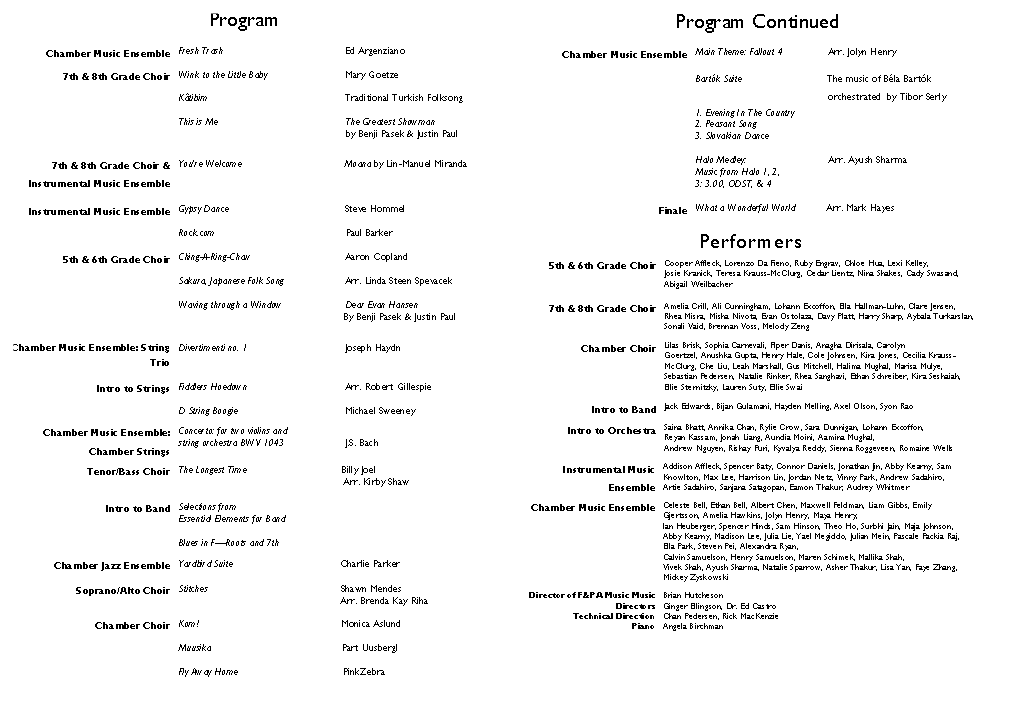
2018-2019: Throughout these programs, we connect our curriculum with the theatre department as a way of keeping a through-line for all the Arts at EPS.
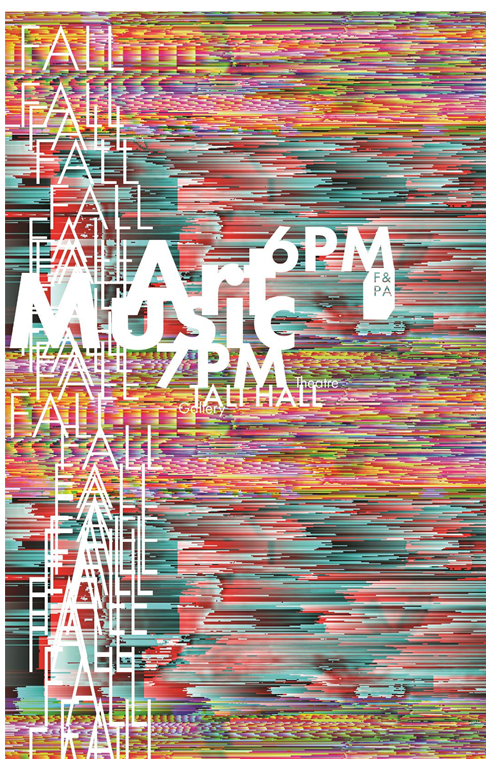

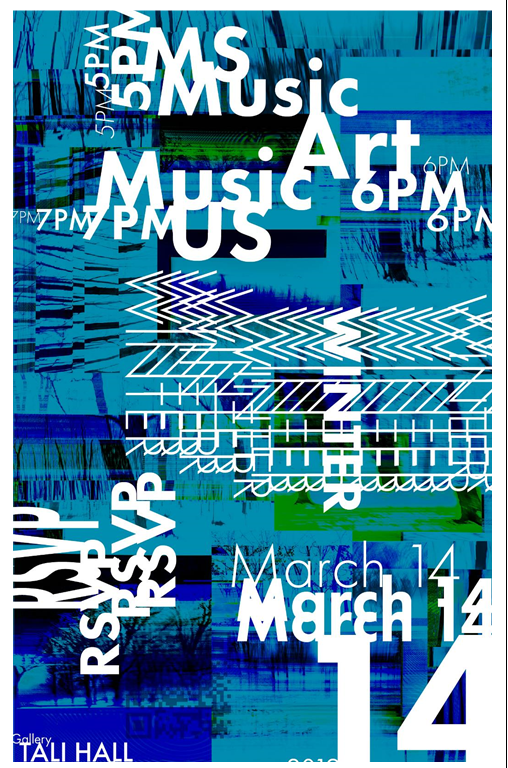

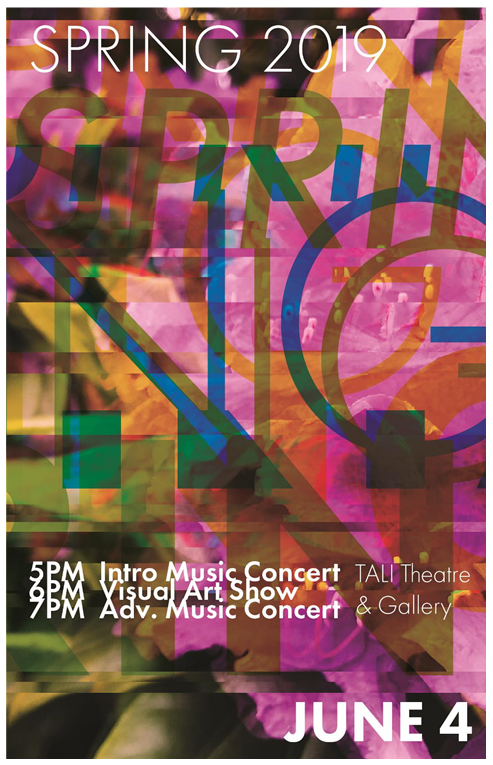

2019-2020: During this school year, we started to separate the experiences between the year-long Zero Period classes and trimester classes. Programming for both classes had themes for each concert. A few days after our Winter Music Concert, the Covid 19 Pandemic forced us to move to a digital presentation format.
2020-2021: While the entire world was affected by the Covid 19 Pandemic, EPS continued offering Arts classes to students and performance opportunities. During this school year, students tapped into their creativity and innovative spirit in creating digital performances throughout the school year.
2021-2022: After more than a year of working and learning in virtual classrooms, students were back on stage performing.

